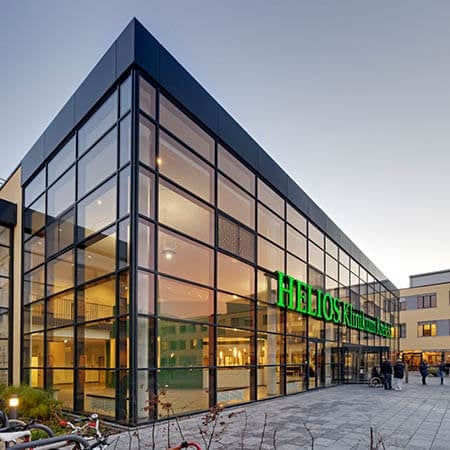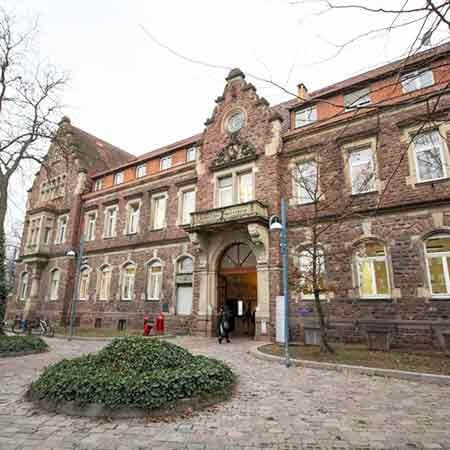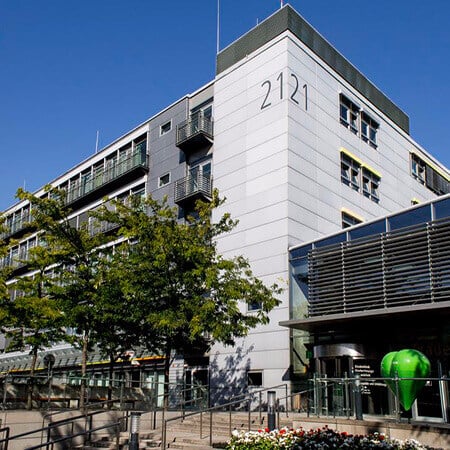About the disease
Plantar fibroma is a benign growth that develops in the arch of the foot. This non-cancerous growth develops in the plantar fascia (the band of fibrous tissue that connects the toes to the heel). Plantar fibroma grows very slowly, in the form of a nodule that is rarely larger than 2 cm and can develop in one or both feet.
At first, the bump on the foot does not cause any serious discomfort. However, if it starts to grow, plantar fibroma can cause pain and discomfort, especially when walking or running. The bump may also cause pain by rubbing against footwear.
Some researchers believe that a genetic predisposition can cause plantar fibroma, but this has not yet been confirmed. According to healthline, it is more common among people living in Northern Europe, particularly among middle-aged people and males in general. In some cases, trauma of the plantar fascia tissue seems to have caused plantar fibroma to develop later on, although the connection between the two has not been proven categorically. People whose tissue contains excessive amounts of collagen also seem to be more likely to develop nodules. Excessive collagen can occur with the over-consumption of certain drugs, such as beta-blockers and vitamin C.
Symptoms
- A painful, nodule-like bump on the bottom of the foot
- The bump may cause further pain by rubbing against footwear
Diagnosis
- During a general examination, the doctor will palpate the patient’s foot, to determine the nature of the bump.
- Palpation can determine whether the bump is a cyst or a nodule. Granulomas can sometimes manifest themselves in a similar way.
- MRI and bone scans allow doctors to examine the bump more closely and determine its size, exact location and consistency. These imaging tests are also helpful in determining whether it is a nodule or a cyst.
- An X-ray may also be performed.
- A biopsy can be useful in cases where malignancy is suspected. Tissue from the bump is resected, in order to be examined under the microscope.
Treatment
- Topical treatment may be the best option, if the bump caused by plantar fibroma is not growing and does not cause much discomfort. The topical treatment needs to be applied for several months to be beneficial.
- Corticosteroids may also be prescribed, to reduce the pain in the foot.
- Patients are advised to undergo physical therapy to increase blood circulation, which should prevent further nodules from developing.
- Surgical resection may be necessary in serious cases, to remove the bump and normalize the function of the plantar fascia tissue. The recovery period can take one to two months.
Authors: Dr. Vadim Zhiliuk, Dr. Sergey Pashchenko











